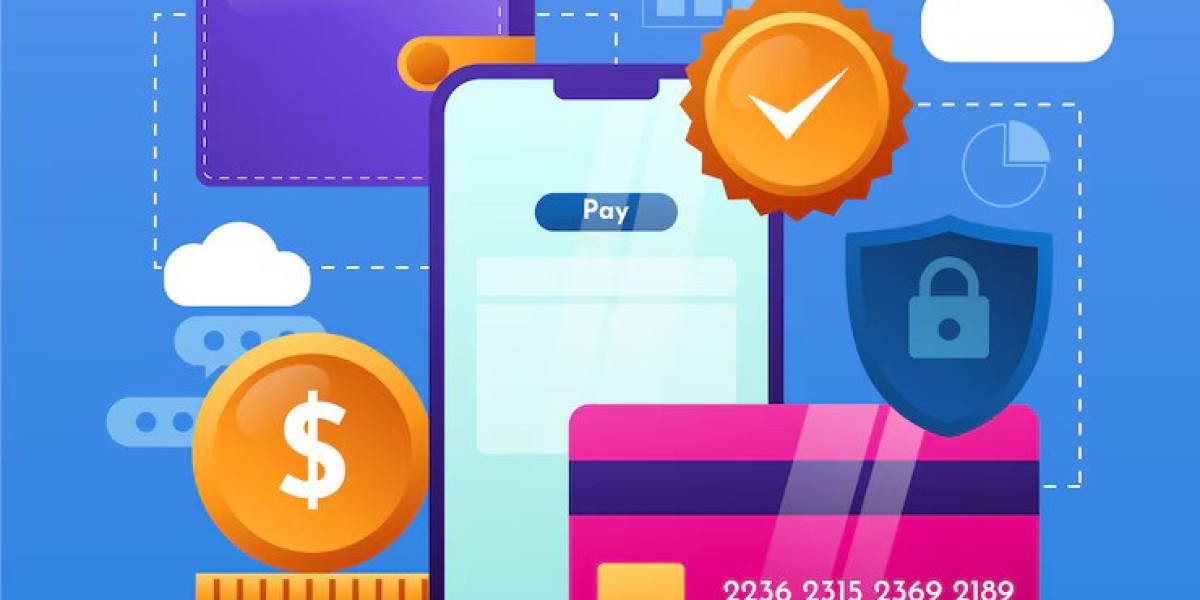In the digital age, mobile banking apps have revolutionized the way people manage their finances. From checking account balances to transferring funds, paying bills, and even applying for loans, a banking app simplifies the entire process for users. If you are considering building a banking app, it's essential to understand the development process, features, security measures, and technology stack involved.
Why Build a Banking App?
The financial industry is one of the most competitive markets today. To stand out, banks and fintech companies need to provide convenience, security, and functionality through mobile applications. Mobile banking apps offer several benefits, including:
- Enhanced Customer Convenience : Users can access banking services 24/7 without the need to visit physical branches.
- Increased Engagement : By offering push notifications, personalized insights, and real-time updates, banks can keep users engaged with their financial data.
- Cost Efficiency : Automating banking processes through an app reduces operational costs, as fewer human resources are required for routine tasks.
- Brand Loyalty : A well-built app enhances user satisfaction, creating long-term relationships and Boosting brand loyalty.
Key Features of a Banking App
When building a banking app, certain features are critical to the user experience and security. Let's explore the most important ones:
- User Authentication : Strong authentication methods such as multi-factor authentication (MFA), biometric login (fingerprint or face recognition), and password protection are vital. These features safeguard the app against unauthorized access.
- Account Management : Users should be able to check their account balance, transaction history, and other details seamlessly. A user-friendly Dashboard is essential to provide a smooth experience.
- Fund Transfers : One of the most used features in a banking app is the ability to transfer money between accounts or to external recipients. Offering multiple transfer methods, such as wire transfers, peer-to-peer payments, and international transfers, is crucial.
- Bill Payments : The app should allow users to schedule and pay bills directly from their accounts. Automatic bill payments and reminders can be added to enhance convenience.
- Notifications and Alerts : Real-time Notifications keep users informed about important events, such as deposits, withdrawals, or suspicious activities. This feature also helps banks keep users engaged with personalized insights and suggestions.
- Security Features : Data encryption, SSL certificates, and secure API Protocols are a must. Additionally, advanced fraud detection mechanisms, such as AI-powered analytics, help in identifying unusual patterns and preventing fraud.
- Customer Support : An integrated chatbot or live chat support can offer assistance to users, allowing them to resolve their queries without leaving the app.
Steps to Building a Banking App
Now that you know the essential features, let's walk through the steps to build a banking app :
1. Define the App's Purpose and Target Audience
The first step in building a banking app is defining its core objectives and understanding the target audience. Is the app meant for a traditional bank, a fintech startup, or a niche financial service provider? Knowing your audience will guide the design and functionality of your app.
2. Choose the Right Technology Stack
The technology stack you choose will determine how efficiently your app runs and scales. Consider technologies like:
- Frontend Development : React Native, Flutter, or Swift can be used for building a seamless user interface.
- Backend Development : Node.js, Python, or Java can be utilized for backend processing and server-side logic.
- Databases : SQL, MongoDB, or PostgreSQL are excellent choices for handling large volumes of financial data.
Additionally, cloud platforms like AWS or Microsoft Azure offer security and scalability, which are essential for financial applications.
3. Prioritize Security and Compliance
When building a banking app, security is non-negotiable. Ensure that your app complies with financial regulations such as PCI DSS (Payment Card Industry Data Security Standard) and GDPR (General Data Protection Regulation) if serving European customers. Implement features like:
- Data Encryption : Encrypt sensitive information to prevent unauthorized access.
- Tokenization : Use tokens to protect payment card information.
- Fraud Detection : Employ AI and machine learning algorithms to detect unusual behavior patterns and prevent fraud.
4. Design an Intuitive UI/UX
The user interface (UI) and user experience (UX) of a banking app must be intuitive and easy to navigate. A clean and simple design ensures that users can access key features without hassle. The design should also be mobile-responsive, allowing users to enjoy the same seamless experience across different devices.
5. Develop, Test, and Launch
Once the development phase is complete, the app should undergo rigorous testing. Testing ensures that there are no bugs, vulnerabilities, or performance issues. Different types of tests should be carried out, including:
- Functional Testing : Ensures all features work as expected.
- Security Testing : Identifies any potential security vulnerabilities.
- Performance Testing : Tests how the app handles real-time banking tasks, including load times and data processing speed.
After testing, the app is ready for launch on both Android and iOS platforms.
Post-Launch Considerations
Launching a banking app is just the beginning. Regular updates, user feedback, and monitoring are essential for maintaining security and ensuring that the app evolves with the needs of its users. Continuously improving the app with new features, better security, and enhanced user experience will help keep it relevant in the competitive market.
Conclusion
Building a banking app requires a strategic approach that balances functionality, security, and user experience. With the right technology stack, attention to security, and a deep understanding of your target audience, you can create an app that meets the demands of modern banking users. Investing in a well-designed banking app not only improves customer satisfaction but also strengthens brand loyalty and creates new growth opportunities in the financial industry.








